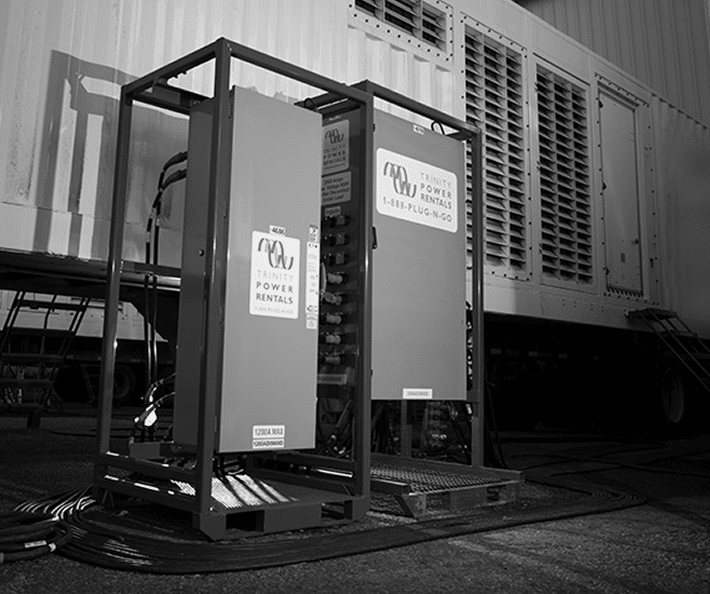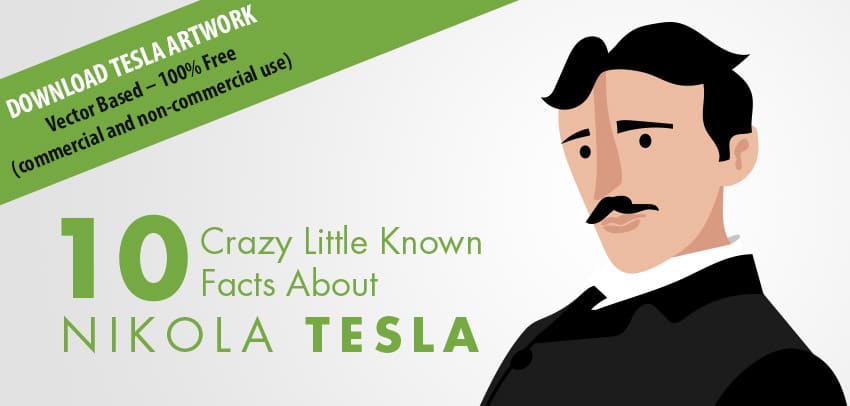- OUR APPROACH
-
COMMITTED TO YOUR SUCCESS
Our approach, developed over decades of experience, is fine-tuned to get the results you want.
We deliver concept-to-completion solutions, designed by temporary power specialists with access to the largest inventory of high-quality power generation and distribution equipment in North America.
-
- Equipment
-
RENTALS
From a wide range of diesel and natural gas generators to transformers, cable, light towers and more, our large rental fleet and extensive vendor network ensure we’ll have the temporary power equipment that your project requires — every time.

-
- Industries
-
INDUSTRIES WE SERVE
For nearly 20 years, we have been at work powering projects across Canada’s industrial sectors.
Select from this sampling of industries to learn how we can put our expertise to work for you.
VIEW ALL- Projects
- About
-
A PROUD HISTORY. A BRIGHT FUTURE.
From our inception in 1998, we have been building our team on a foundation of excellence. Our team members’ passion, expertise and commitment are what have allowed us to grow into a national company with projects across Canada.
Click on the links to learn more about our history, our team or our career opportunities.
- Blog
- Contact
-
First, it was electric cars. Then it was space exploration.
This May, Elon Musk announced his latest Tomorrowland-style plans: Tesla’s home energy storage device, Powerwall, and its commercial-scale equivalent, Powerpack.
Powerwall, a sleek, wall-mounted unit that comes in 7kWh and 10kWh sizes, and Powerpack, a cabinet-and-rack system that houses stackable 100kWh units and is supposed to be “infinitely scalable”, are designed to store power -both from the grid, and from sources such as wind and solar- for later use. Both products use the same lithium ion battery technology that Tesla uses in its electric cars.
Tesla hopes that this technology will help move energy consumption away from fossil fuels, towards renewables such as wind and solar. The technology can also be used for load sharing and as an emergency backup, like a generator.
Despite the hefty price tag —$3,000 US for the 7KWh model, not including the inverter or installation costs, and $25,000 US for each 100KWh Powerpack unit— Tesla has already sold all the units it can produce in 2016. This means there is a good chance that this technology will be coming soon to a home or business near you.
In fact, Powerwall will be available in Canada soon, with pilots being installed as early as this fall.
Matt Harper, Chief Product Officer at Avalon Battery Corporation, believes that this technology represents a “tremendous opportunity” for the electrical contracting industry. “Not only will these products need to be professionally installed, but often homes and commercial facilities will require new electrical infrastructure to take the greatest advantage of them,” explains Harper.
And while Tesla claims that the Powerwall unit itself won’t require maintenance, Harper explains that the battery system -the various components required for the battery to operate- will. Furthermore, like a hot water tank, Powerwall units will need to be replaced over time. Because of this, Harper believes that there will be an opportunity for electrical contractors to provide ongoing support to their clients.
There may be other opportunities coming down the pipeline as well.
Tesla’s primary target for Powerwall seems to be homeowners, with Powerpack taking care of utility and larger-scale commercial applications -Walmart and Amazon are among customers that are already signed up for Powerpacks. However, Sigrid Robertson, Director of Cygnet Environmental Management Systems, a Vancouver-based firm that specializes in environmental management and training for the mining industry, believes the home-scale Powerwall units could also have applications in the mining sector.
Some mining contractors are already using solar to supply some of their energy requirements, specifically for living quarters and offices. “Certainly the larger contracting companies are a bit more organized and a bit more inclined to go for things like solar,” explains Robertson, “because you’ve got costs associated with shipping fuel in. And solar, although it’s often more expensive to install at the start, is more cost-efficient over the longer term.”
In addition to saving on generator costs, Robertson believes Powerwall could also help mining companies to reduce their generator emissions, and the emissions needed to transport fuel to mine and camp sites. This would be an attractive option for two reasons:
“Most resource-based companies are required to provide and monitor their emissions through the National Pollutant Release Inventory,” explains Robertson, “so if you are using these Powerwalls, then you can drop those emissions.”
In addition to complying with environmental regulations, emissions reduction through use of Powerwall could actually entice potential investors. Robertson explains that many large investor groups are, “choosing to invest in companies that are demonstrating good corporate social responsibility.” Because of this, many resource companies are including environmental reports along with the financial reports that they provide to their shareholders.
“I can see this being something that a company might want to adopt as part of its broader social strategy, for managing their corporate social responsibility,” Robertson concludes. “They can say that they’re doing their part at reducing emissions by putting these things in.”
It is still very early in the game. As Matt Harper explains, “Tesla’s Powerwall and Powerpack are some of the first examples of grid-tied energy storage to be deployed to the mass market.” But, especially with Tesla’s policy of not patenting its technology, it looks like Powerwall and Powerpack might be around to stay, with all signs pointing to opportunity for the electrical contracting industry.
Related Articles
Subscribe for Access to Exclusive Content
Get insider updates, industry news, special equipment offers, and expert tips—directly to your inbox.
"*" indicates required fields




















